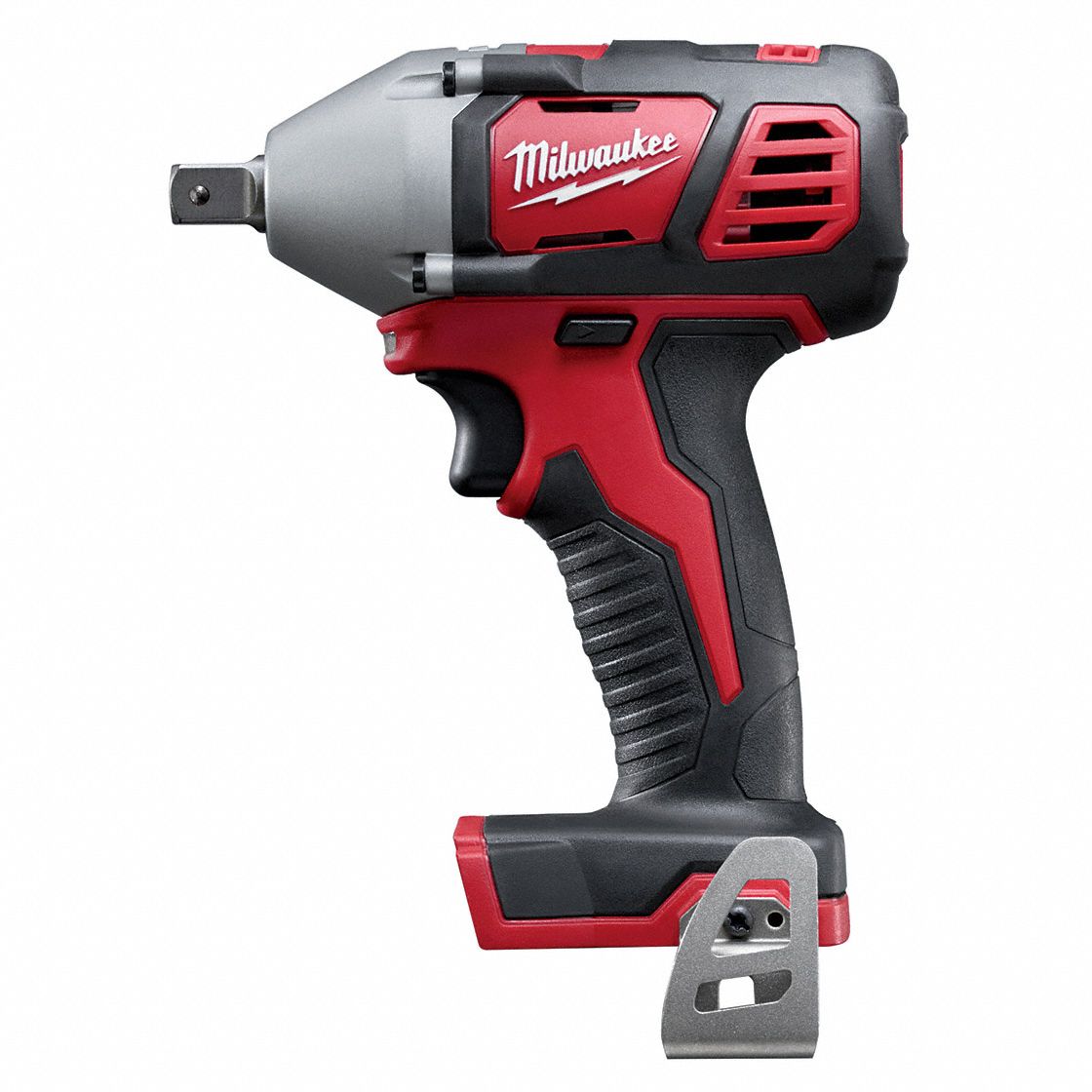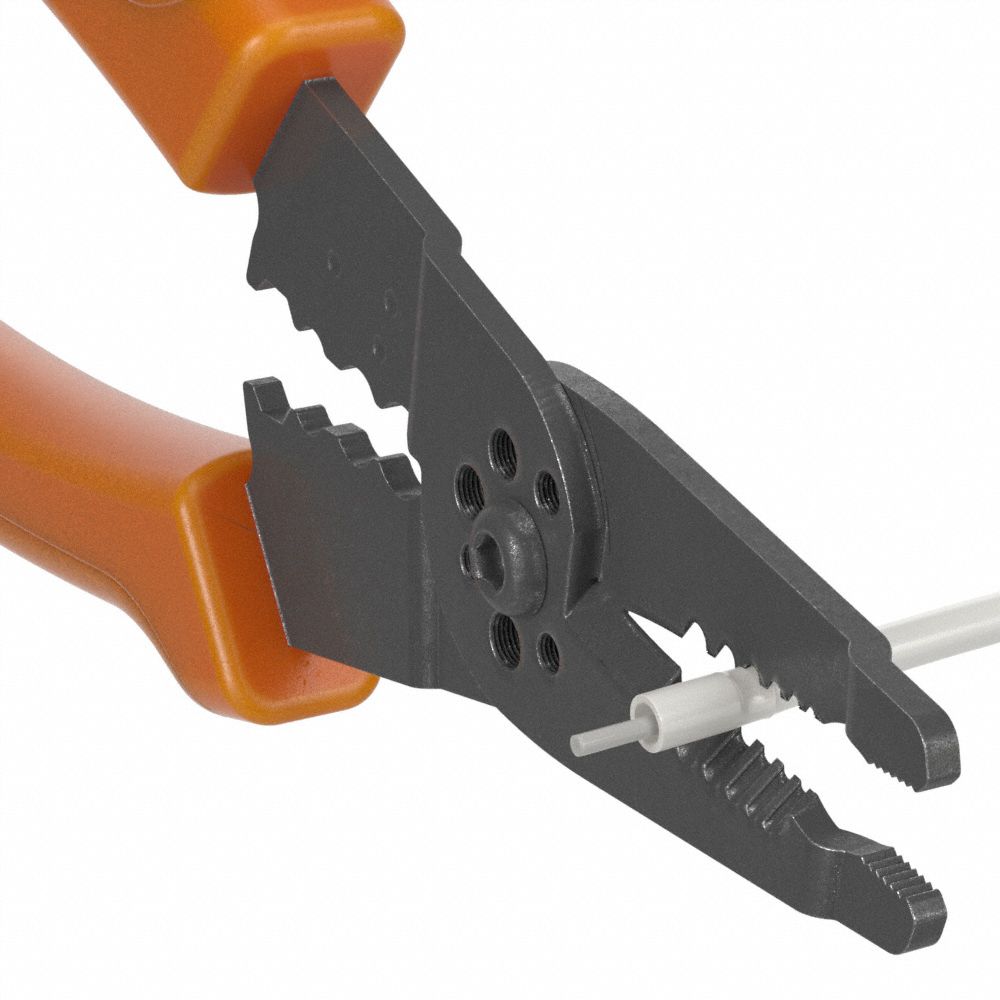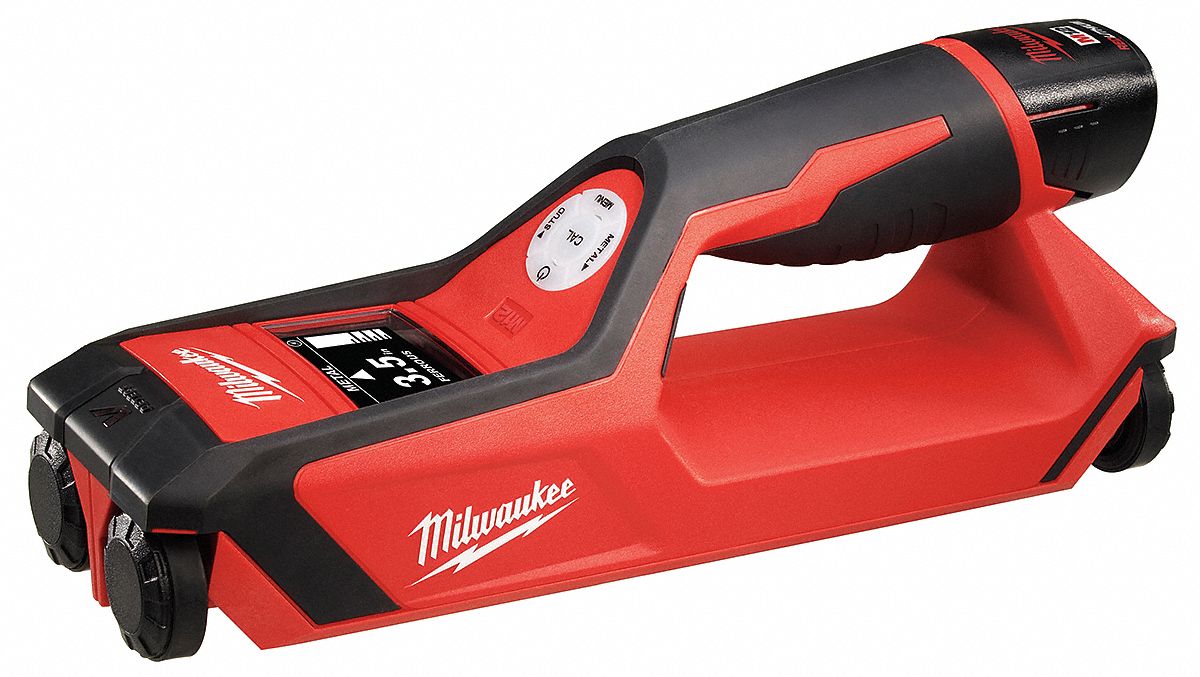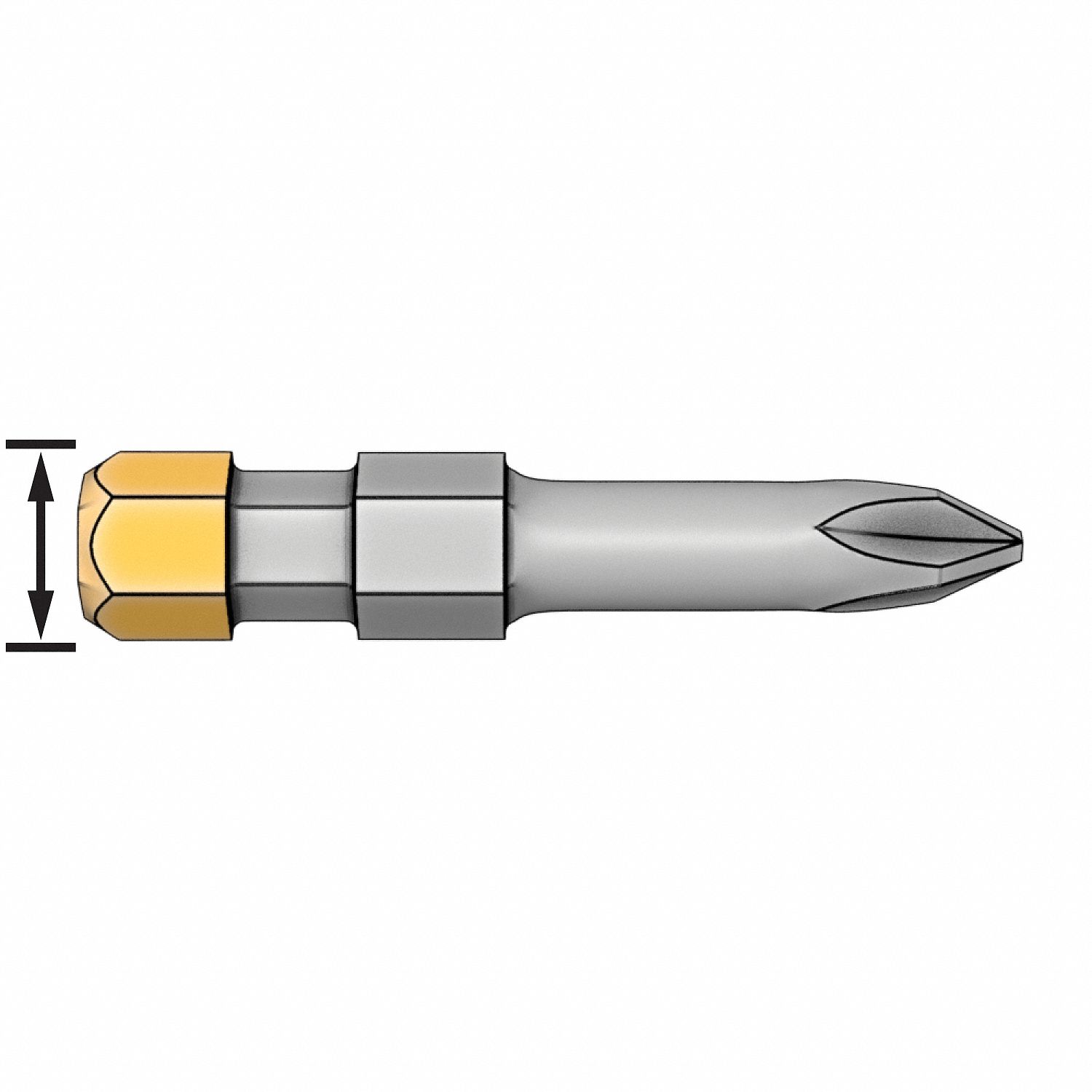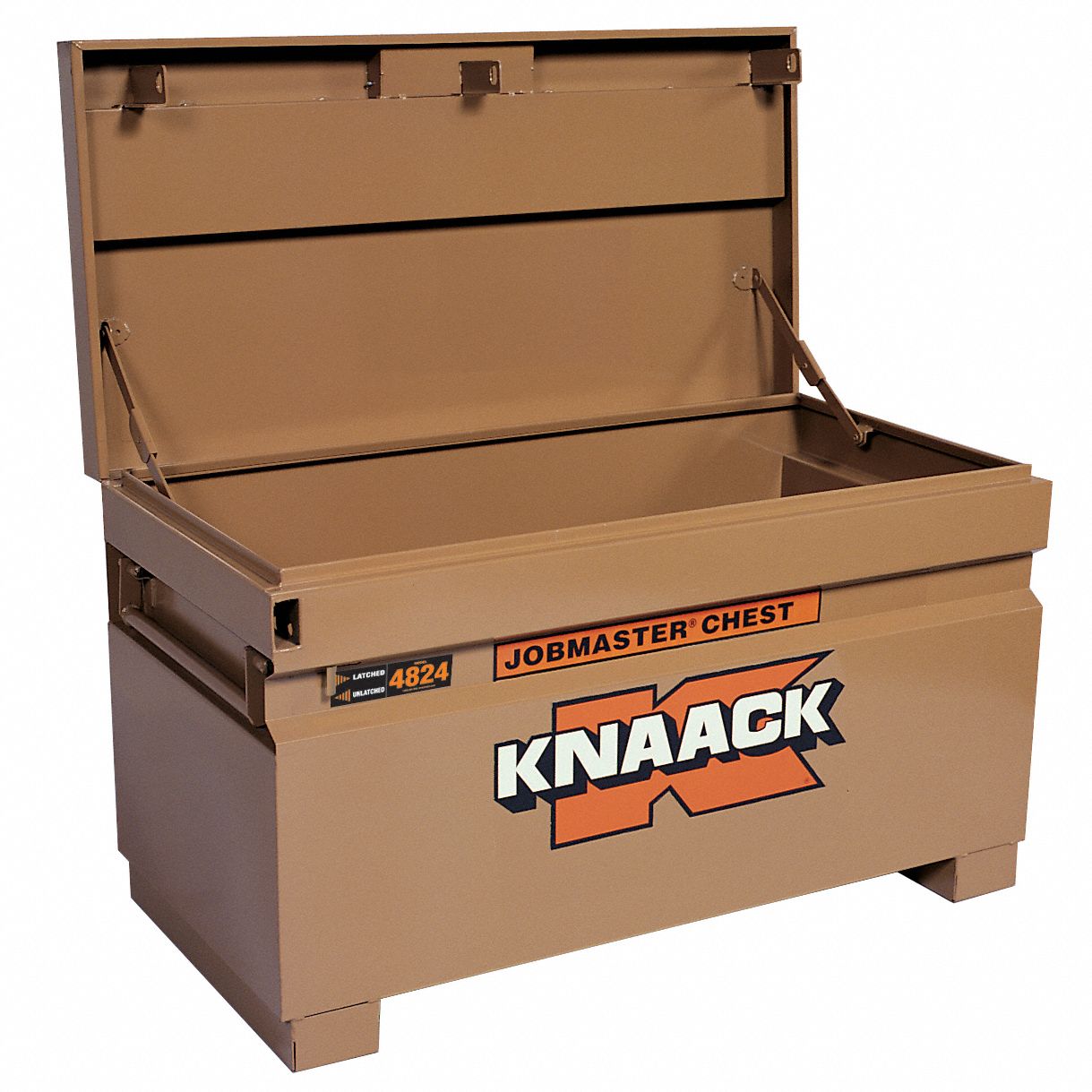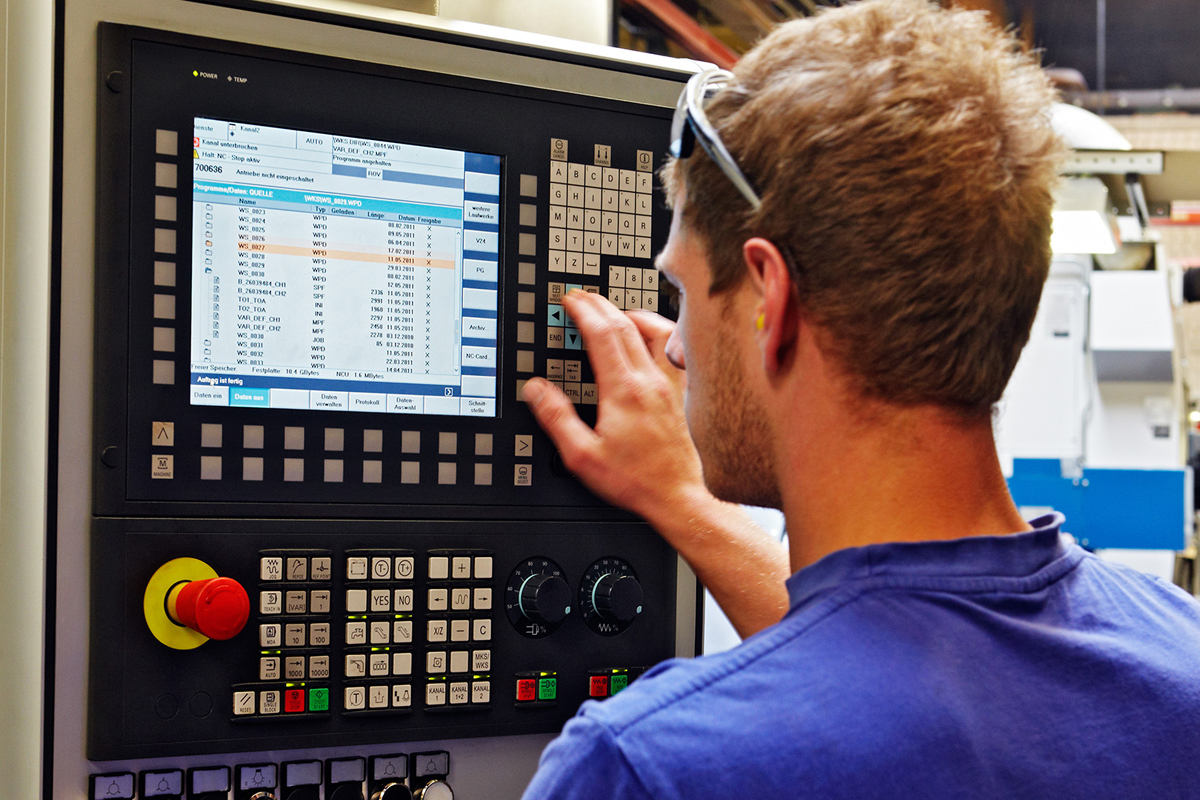

Ask the Experts: How to Run a CNC Mill Warm Up
By Grainger Editorial Staff 9/4/18
Hello and welcome to another edition of Grainger Ask the Experts. Today we're talking about running a warmup cycle in your CNC equipment. Running a warmup cycle in your CNC mill or lathe is essential in order to establish a stable temperature throughout the machine. A machine that's changing in temperature as it runs a part is going to result in an inconsistent part quality.
First, start the warmup cycle by cycling X and Z axis and if possible do that throughout their entire range of motion. Next, begin the spindle but start it at slow speed and gradually increase the spindle speed over time. And at some point during that process, engage the coolant system because you want the coolant also to achieve a stable temperature before you begin to run your parts.
Depending on the equipment, a warmup cycle could take 15 minutes, perhaps 30 minutes. So maybe at the end of that you could move from the warmup cycle and dry run or dry cycle the first program that you're going to run on the next part. You can use that opportunity to continue to warm up the machine and watch the program and capture opportunities to improve efficiency in the process.
With a simple warmup cycle your machine is ready to run precise parts and you'll prolong the life of your equipment. Thanks for watching this edition of Grainger Ask the Experts. For more helpful tips and videos check out the full series.
The information contained in this article is intended for general information purposes only and is based on information available as of the initial date of publication. No representation is made that the information or references are complete or remain current. This article is not a substitute for review of current applicable government regulations, industry standards, or other standards specific to your business and/or activities and should not be construed as legal advice or opinion. Readers with specific questions should refer to the applicable standards or consult with an attorney.

